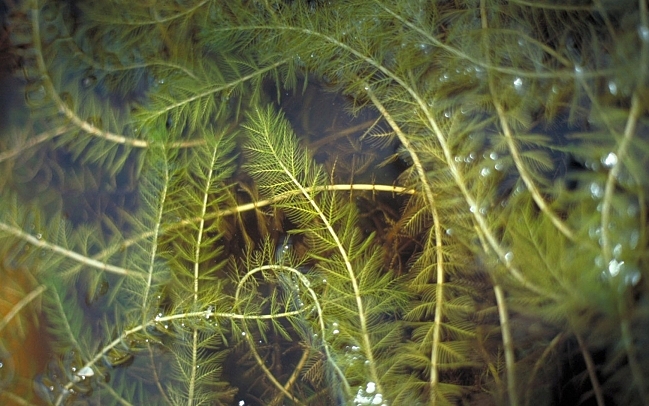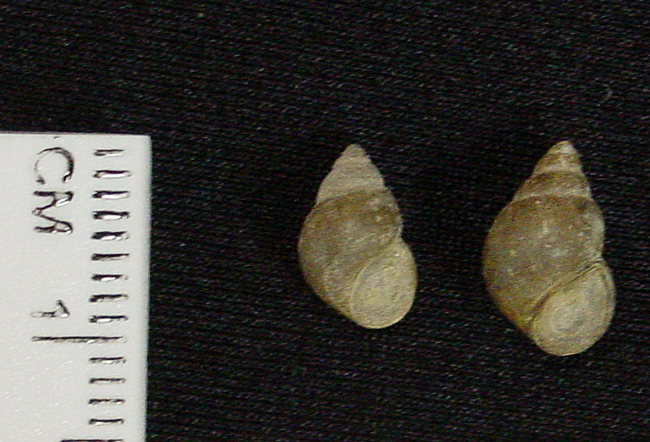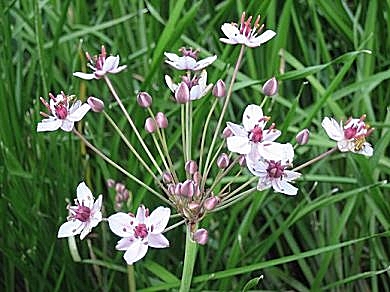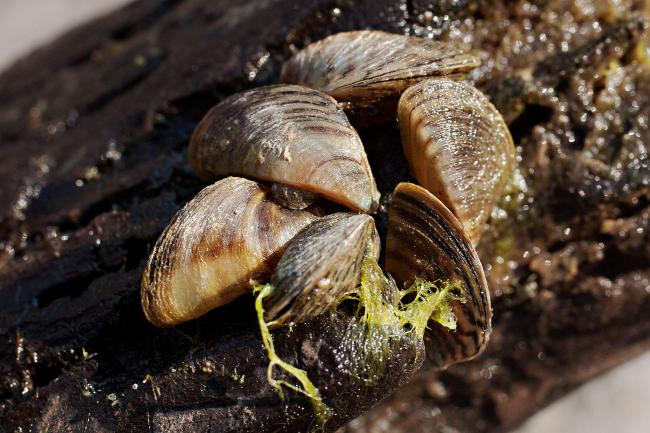
Asian carp
What is it? Bighead and silver carp, known collectively as Asian carp, were imported from China in the 1970s to control plankton in aquaculture ponds. They escaped from Southern states into open waters, the DNR says.
What does it do? The carp present a huge potential threat to the state's fisheries. They are voracious eaters with the ability to muscle out native fish.
Photo courtesy Nicholas Schlesser, Minnesota DNR

Eurasian watermilfoil
What is it? Eurasian milfoil was accidentally introduced to North America from Europe, the DNR says. It reached Midwestern states between the 1950s and 1980s, mostly hitching a ride on boats.
What does it do? It's notorious for its ability to choke a lake and can turn waterways into green matted messes.
Photo courtesy U.S. Fish & Wildlife Service

Faucet snail
What is it? These are small snails native of Europe that were introduced to the Great Lakes in the 1870s. "It was probably brought to North America unintentionally with the solid ballast of large timber transport ships or perhaps with vegetation used in packing crates," the DNR says.
What does it do? The snails host parasites that are fatal to waterfowl, compete with native snail, and may also clog water intake pipes, the DNR says.
Photo courtesy U.S. Geological Survey

Flowering rush
What is it? This plant grows up to 4 feet high in shallow water and looks a lot like many native plants, like the common bulrush.
What does it do? Competes with native shoreland vegetation, the DNR says.
Photo courtesy Iowa DNR

Spiny waterflea
What is it? These are tiny zooplankton that came to the Great Lakes by ballast water of ocean-going ships in the 1980s.
What does it do? The DNR says: "Spiny waterfleas eat small animals (zooplankton), including Daphnia, which are an important food for native fishes. In some lakes, they caused the decline or elimination of some species of native zooplankton. They can clog eyelets of fishing rods and prevent fish from being landed."
Photo courtesy U.S. Geological Survey

Zebra mussels
What is it? A small, fingernail-sized mussel that attach to solid surfaces in water, the DNR says. A native of Eastern Europe brought to the Great Lakes in the ballast of freighters, zebra mussels have been here for more than 20 years.
What does it do? Their presence causes more algae and weed growth and kills native clams.
Photo: Ann Arbor Miller / For MPR News
Note about the data: This map shows the vast majority of waterbodies infested with the most common aquatic invasive species in the state, according to the Minnesota DNR. For more information about invasive species in the state, read this MPR News primer and visit the DNR's website.
The DNR records two types of dates with infested waters: confirmation and designation. However, in many cases the data MPR News received from the DNR was missing at least one of the dates. For display purposes, the categories were merged.
Confirmation means an invasive species has been observed in the water. Designation means an invasive species has been observed in a connected waterbody and is expected to reach the waters where they may not yet have been observed. When a waterbody is designated, the DNR begins measures intended the stop further spread.